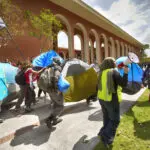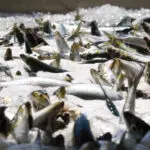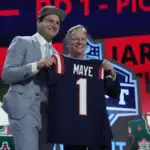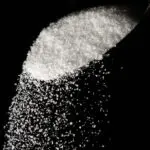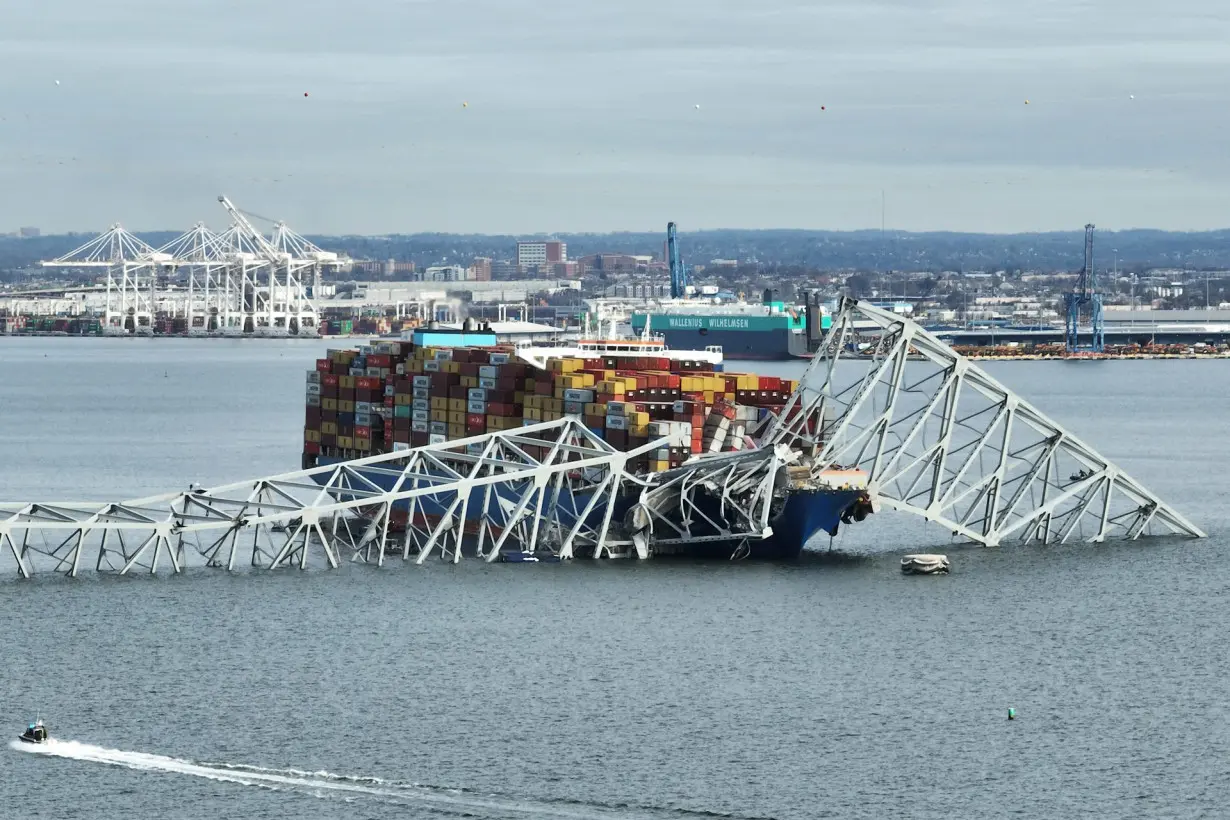The cargo ship collision that destroyed the Francis Scott Key Bridge in Baltimore on March 26, 2024, is raising questions about just how much engineers can do to prevent such catastrophes from occurring in the future. Here, Michael J. Chajes, a professor of civil and environmental engineering at the University of Delaware, discusses how bridge design codes have changed over the years and the challenges of building new structures, and retrofitting existing ones, so they can survive extreme events
How hard is it to design a bridge to withstand the force that took down the Francis Scott Key Bridge?
Once engineers understand the forces that a structure will be subjected to,,, they can design a structure to withstand them. That said, we know that each force has a range of magnitudes that can occur. For example, not all trucks on the roadways weigh the same amount, not all earthquakes are of the same magnitude, and not all ships have the same weight. We incorporate this variability in forces into the design.
Even if built to a given set of plans, the final strength of the structure can vary. The materials used have variations in strength. For example, concrete delivered on two successive days will have a sightly different final strength. This variability in the strength of the final structure is also taken into account in the design process to ensure the bridge or building is safe. There’s no way we could build two bridges from the same set of plans and they end up with the exact same strength.
Based on the weight and speed of the ship that hit the Francis Scott Key Bridge, today’s U.S. bridge design code would call for the bridge to be designed to resist a lateral force of 11,500 tons. This means the bridge has the ability to withstand a lateral hit of that magnitude. That is equivalent to the weight of about 50 loaded Boeing 777s or the weight of the Eiffel Tower. While this is a very large lateral force, structures can be designed to resist such forces. Tall buildings are routinely designed to resist lateral loads of this magnitude that result from wind or earthquakes. However, it is a matter of how much one wants to spend on the structure, and many design goals and constraints need to be balanced against each other.
What do engineers do to ensure safety in extreme events?
Our knowledge of how extreme events affect structures is constantly evolving. One area where this is very apparent is earthquake engineering. After each earthquake, structural engineers learn what has worked and what has not worked, and then the building and bridge design codes evolve. Infrastructure owners also try to retrofit existing structures that were designed to earlier codes.
Ship collisions and their impact on bridges are a similar area of evolving understanding and improved design codes. There have been over 35 major bridge collapses globally that were caused by ship collisions from 1960 to 2015. Engineers evaluate the failures, and they update the engineering codes so that they better account for the effects of ship collisions.
How has bridge design evolved since the Baltimore bridge was built?
The Francis Scott Key Bridge was designed in the early 1970s. Construction started in 1972, and it opened to traffic in 1977. This preceded the 1980 collapse of the Sunshine Skyway in Florida, which was caused by a ship collision, similar to what happened in Baltimore. That bridge collapse led to the initiation of research projects that culminated in the development of a U.S. guide specification in 1991 that was updated in 2009.
Based on that guide specification, bridge design codes were changed to include forces due to ship collisions. The design of the Francis Scott Key Bridge would not have been required to consider the effect of ship collisions. The current U.S. bridge design code says that:
“where vessel collision is anticipated, structures should be:
• Designed to resist vessel collision forces and/or
• Adequately protected by fenders, dolphins, berms, islands, or other sacrifice-able devices.”
Other changes since the 1970s are that cargo ships have increased in size and weight. The ship that brought down the Sunshine Skyway in 1980 weighed 35,000 tons, while the ship that collided with the Francis Scott Key Bridge weighed 95,000 tons.
With the increasing weight of cargo ships, the most cost-effective design strategy to prevent collapse of bridges due to vessel collision may well be to protect the bridge piers from the impact. This is done by building a bridge collision protective system, which is often a concrete or rock structure that surrounds the pier and stops the ship from getting to the pier, as is done to protect many of our national monuments.
A pier protection system was installed when the Sunshine Skyway bridge was rebuilt, and it has been used on numerous other bridges. The same approach is currently being applied by the Delaware River and Bay Authority at a cost of US$93 million to protect the piers of the Delaware Memorial Bridge.
But what about existing bridges like the Francis Scott Key Bridge? Bridge owners have a tremendous challenge finding the financial resources needed to retrofit their bridges to satisfy the latest design codes and to account for the increased impact loads expected due to the heavier and heavier ships. Both things happened here. That is, design codes changed and improved, and loads got much larger. Engineers and infrastructure owners try their best to prioritize where their limited funds can be used to increase structural safety and minimize the chance of structural failure.
What can universities do?
The No. 1 job of structural engineers is to protect the public and minimize the risk of structural failures that pose a threat to human life. To do that, engineers must be able to calculate the forces that our structures may be subjected to. This includes cases where a large ship accidentally collides with a bridge, or a large earthquake or hurricane strikes.
In these extreme cases, the structure will almost assuredly sustain damage, but, if at all possible, it should be resilient enough to not collapse. The design codes are continually updated to account for new knowledge, new materials and new design techniques. The reliability of our structures is improving all the time.
Retrofitting structures built to prior codes is an ongoing process, and one that this disaster moves to the forefront. The U.S. has a lot of infrastructure that was designed to old codes, and we have larger trucks crossing our bridges, and larger ships passing beneath them.
Engineers can never reduce the probability of failure to zero, but they can reduce it to the point where failures happen very infrequently and only in cases where numerous unforeseen circumstances combine to make a structure vulnerable to collapse.

Michael J. Chajes does not work for, consult, own shares in or receive funding from any company or organization that would benefit from this article, and has disclosed no relevant affiliations beyond their academic appointment.
Source: The Conversation

